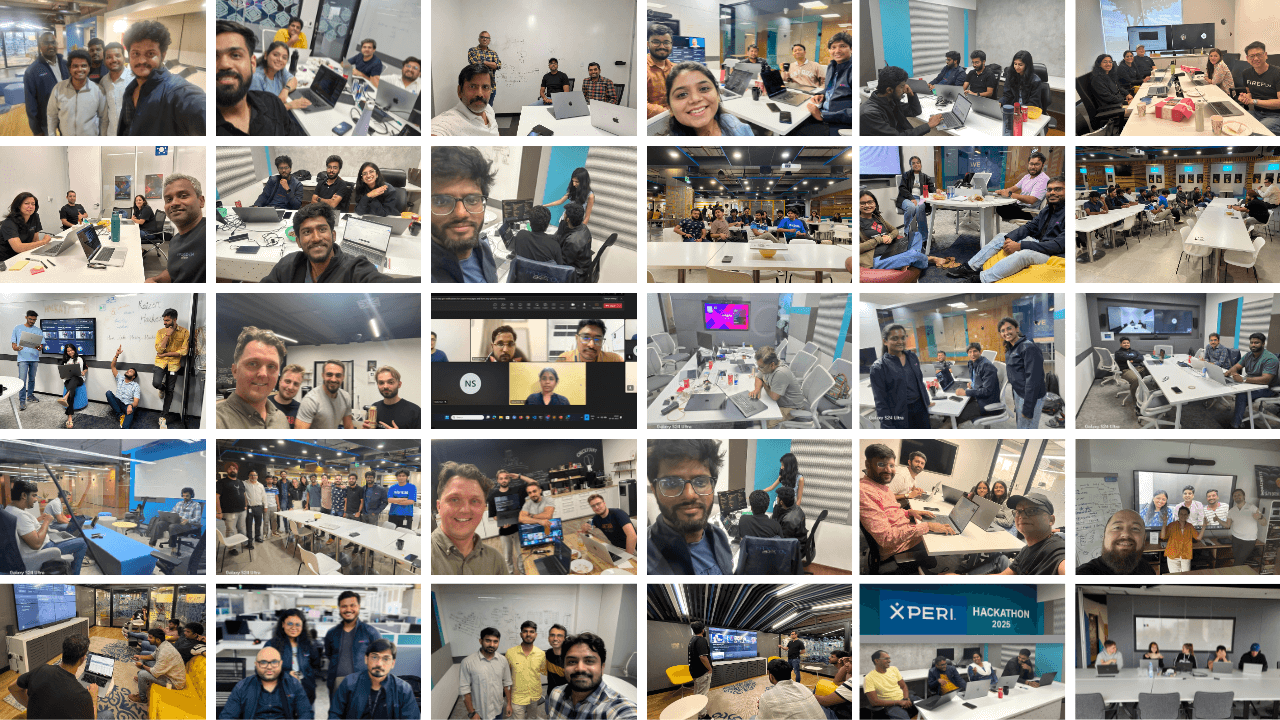Here at Xperi, we are constantly in the process of innovation. We are driven by thinking about how to solve our industry’s problems and make products better, more powerful and easier to use. One of the undercurrents of this innovation is how we think about designing for equity and inclusion.
These concepts — equity and inclusion — have been very much part of the broad societal conversation in recent years, and we feel strongly about their importance. Designing for equity and inclusion is good business. When you design your products with the needs of all your customers in mind, you give them a better experience, you build loyalty and your business will benefit accordingly.
Defining equity and inclusion
When discussing equity, consider the difference between equity and equality. These are different ideas and are not to be used interchangeably. Equality means that everyone gets the same thing — the same experience. But equity means that everyone is given the same advantage while taking into account their ability, function and/or background.
The concept of inclusion means that we create a sense of belonging. When we design for inclusion, we recognize that everyone participates differently. We ask ourselves how we can create this sense of belonging, especially with the many different ways in which people participate in using a product.
These words generally mean that we are listening to and considering people who may have disabilities or different life experiences. Equity and inclusion also imply taking into account the fundamental fact that any two people might use a product differently, for a whole range of reasons, and it’s important to consider this throughout the product lifecycle.
While these factors inform why we design in this way, the process starts before that, and involves an examination of the makeup of the team building and servicing the product.
The process: inclusion begins with the team
If your team is made up of people who are all approximately the same age, gender and race, with similar life experience and educational backgrounds, if they all live in the same city or geographical area, how many different perspectives will the team consider?
Within product management, we always think about the customer and their journey with the product to explore and expose hidden use cases and pain points. Collaborating on user personas with design, sales and engineering is one way to uncover and discuss customers’ different approaches and goals. The first few times you have these discussions, you’re likely to get the surface-level journeys, and you will want to gently push to dig deeper and talk about use cases that aren’t easy to see because the makeup of your team may not participate in the same way.
Ask yourself, “How well does this team work together?” Would you consider your team self-organizing and striving for constant improvement, or are there two loud voices that dominate (and maybe yours is one of those voices)?
Creating an environment where team members are comfortable and empowered to speak up and ask each other difficult questions takes time and consistency. As a product leader, you are in a critical intersectional role that indirectly amplifies cultural and societal norms. Model the behavior that will help the team form new habits by asking open questions or leading with, “Tell me more,” when you see a team member struggling to put their thoughts together. Another great question product leaders regularly ask is, “What else?”
While these conversations can be uncomfortable, they are often necessary in order to make sure everyone has an opportunity to be heard. In the end, the product will ultimately be better when a more diverse range of viewpoints are involved in the process.
You can have super smart people, a large budget and lots of resources, but if your team can’t — or won’t — have conversations about issues that impact all customers using your product, your success will be limited.
When your team isn’t where your customers are
Let’s say you’re a U.S.-based company that delivers a product into living rooms around the world. How do you make sure that the product your U.S.-based design team comes up with is equally usable by their customers in LA and New York as it is by customers in Tokyo and Berlin and Cairo and São Paulo?
Developing products in this way requires us to ask important questions and get creative. Can we leverage employees who work in other regions? Can we send people to spend time in the places where those groups of customers are so they can develop a better understanding of those customers’ lives and ways they might use our product?
Networking within your organization is vital for successful product leaders. The more people you know and have developed trusted relationships with, the easier it is to get things done. This is particularly true for initiatives that require a fair amount of buy-in from key stakeholders. Consider your network within your organization and how you can leverage it to gain insights the team may miss.
Thinking in this way requires a long-term commitment by the company to embrace and instill design for equity and inclusion in the company values, vision and mission. It must become part of the culture. You will have limited and short-term success if the broad view is that we “turn on” for a month, a quarter or a year and then go back. You will also risk losing credibility with the market and your customers.
Start small
When people use your product it must be straightforward when they open the box or log in. Remove as much friction as possible for as many of your customers as possible by designing a great “out of the box” experience. This impacts the overall product experience and can help rally the team around a tangible, measurable feature set. Customers become more invested in a product over time if their first experience using it is a positive one.
We’ve all had experiences with products that made no sense to us, and had that frustrating feeling of “I can’t believe I don’t understand…” because we couldn’t figure it out. As product leaders, we need to put ourselves in the user’s shoes and think about how someone might have the experience of interacting with our product for the first time. We need to ask ourselves honestly if that is going to be a good experience or a disappointing one. Think about a poor user experience when you used a product, and ask yourself how that product’s design team could have done things differently. More importantly, connect with your feelings during that experience and use them to develop empathy for your customers.
If you don’t have awareness or curiosity about this issue, and can’t or won’t consider the value to customers, shareholders and employees in boldly pursuing equity and inclusion for your products, I can’t help you. It takes courage to start. Figure out what is holding you back from trying, and then try. Reach out to your colleagues within product management, design, sales, research and engineering to start the conversation. You may be surprised how many of your colleagues think about this, and are also stuck on how to start. Create accountability partnerships to push through the hard part of starting.
When these initiatives and philosophies are embedded into the culture and the product development process, they pay dividends. More of your customers will have better experiences with your products. More of your team will be engaged in solving important problems. All of this translates to more success for your company.



